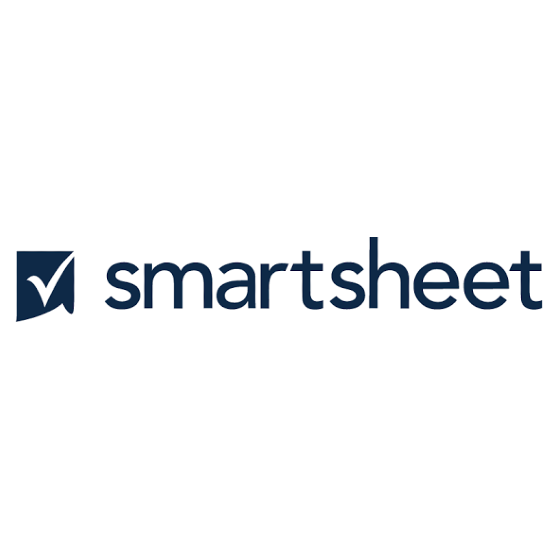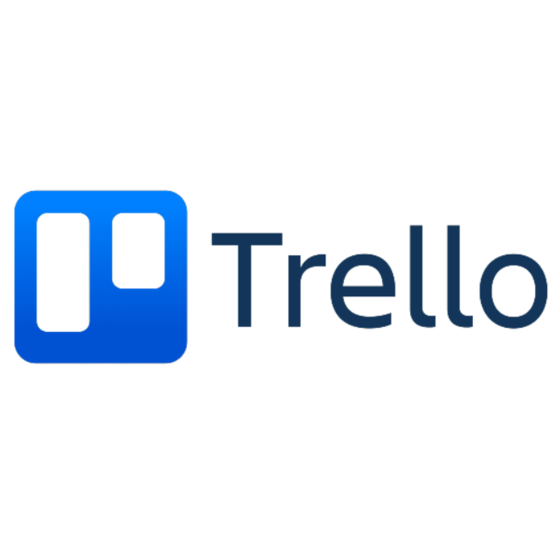Adobe Workfront Review: Pros, Cons, Features & Pricing
Adobe Workfront is a project management software designed to streamline workflows and improve team collaboration. It’s best suited for large enterprises, creative agencies, and marketing teams who need to manage complex projects with diverse teams, like a global marketing campaign or a multi-department product launch. Adobe Workfront offers significant value by enhancing your team’s ability to collaborate effectively, prioritize tasks, and deliver projects on time.
Adobe Workfront Evaluation Summary

- Pricing upon request
- Free trial available
Why You Can Trust Us
Adobe Workfront Overview
Adobe Workfront stands out with its robust integration capabilities and comprehensive features, making it ideal for complex project management in large teams.
pros
-
Your team can collaborate effectively with its integrated communication features.
-
It offers strong reporting tools to help you track project progress.
-
You can customize workflows to fit your team's unique processes.
cons
-
Users report occasional lag when managing large projects.
-
Initial setup and customization may require a steep learning curve.
-
The interface can feel complex, especially for new users.
-

monday.com
Visit WebsiteThis is an aggregated rating for this tool including ratings from Crozdesk users and ratings from other sites.4.6 -

Smartsheet
Visit WebsiteThis is an aggregated rating for this tool including ratings from Crozdesk users and ratings from other sites.4.4 -

Miro
Visit WebsiteThis is an aggregated rating for this tool including ratings from Crozdesk users and ratings from other sites.4.8
Our Review Methodology
How We Test & Score Tools
We’ve spent years building, refining, and improving our software testing and scoring system. The rubric is designed to capture the nuances of software selection and what makes a tool effective, focusing on critical aspects of the decision-making process.
Below, you can see exactly how our testing and scoring works across seven criteria. It allows us to provide an unbiased evaluation of the software based on core functionality, standout features, ease of use, onboarding, customer support, integrations, customer reviews, and value for money.
Core Functionality (25% of final scoring)
The starting point of our evaluation is always the core functionality of the tool. Does it have the basic features and functions that a user would expect to see? Are any of those core features locked to higher-tiered pricing plans? At its core, we expect a tool to stand up against the baseline capabilities of its competitors.
Standout Features (25% of final scoring)
Next, we evaluate uncommon standout features that go above and beyond the core functionality typically found in tools of its kind. A high score reflects specialized or unique features that make the product faster, more efficient, or offer additional value to the user.
We also evaluate how easy it is to integrate with other tools typically found in the tech stack to expand the functionality and utility of the software. Tools offering plentiful native integrations, 3rd party connections, and API access to build custom integrations score best.
Ease of Use (10% of final scoring)
We consider how quick and easy it is to execute the tasks defined in the core functionality using the tool. High scoring software is well designed, intuitive to use, offers mobile apps, provides templates, and makes relatively complex tasks seem simple.
Onboarding (10% of final scoring)
We know how important rapid team adoption is for a new platform, so we evaluate how easy it is to learn and use a tool with minimal training. We evaluate how quickly a team member can get set up and start using the tool with no experience. High scoring solutions indicate little or no support is required.
Customer Support (10% of final scoring)
We review how quick and easy it is to get unstuck and find help by phone, live chat, or knowledge base. Tools and companies that provide real-time support score best, while chatbots score worst.
Customer Reviews (10% of final scoring)
Beyond our own testing and evaluation, we consider the net promoter score from current and past customers. We review their likelihood, given the option, to choose the tool again for the core functionality. A high scoring software reflects a high net promoter score from current or past customers.
Value for Money (10% of final scoring)
Lastly, in consideration of all the other criteria, we review the average price of entry level plans against the core features and consider the value of the other evaluation criteria. Software that delivers more, for less, will score higher.
Core Features
Task Management
You can easily assign and prioritize tasks to keep your team on track. It helps your team stay organized and ensures nothing falls through the cracks.
Resource Management
Plan and allocate resources efficiently to avoid overloading your team. This feature helps you manage workloads and optimize team productivity.
Time Tracking
Track time spent on tasks to improve project estimates and billing accuracy. It gives you insights into how your team spends their time.
Project Templates
Use customizable templates to kick-start your projects quickly. Templates save you time and ensure consistency across projects.
Document Management
Store and share documents within the platform to keep everything in one place. It makes collaboration easier by ensuring everyone has access to the latest files.
Reporting and Analytics
Generate detailed reports to monitor project progress and performance. Insights from these reports help you make informed decisions and improve future projects.

Ease of Use
Adobe Workfront offers extensive features that can feel overwhelming at first, especially for new users. Its interface requires a learning curve, but once you get the hang of it, you’ll appreciate its powerful capabilities. The customizable workflows and detailed reporting tools can significantly enhance your project management if you’re willing to invest the time to learn. While it’s not the simplest tool on the market, its depth can be a strong asset for complex project needs.

Integrations
Integrations include Adobe Creative Cloud, Adobe Experience Manager Assets, Jira, Google Workspace, Outlook, Microsoft Teams, Salesforce, Slack, Fusion, Adobe Document Cloud, Dropbox, and Box.

New Product Updates from Adobe Workfront
Adobe Workfront's Transition to Unified Approvals
The Adobe Workfront update introduces Unified Approvals, which replaces Legacy document approvals in a six-month phased rollout. This update will be automatically enabled in user instances. This feature enhances the functionality of approval workflows, aiming to improve efficiency within Adobe Workfront.
More details at Adobe Experience League.
Adobe Workfront Specs
- API
- Batch Permissions & Access
- Budgeting
- Calendar Management
- Collaboration Support
- Contact Management
- Contact Sharing
- Customer Management
- Dashboard
- Dashboards
- Data Export
- Data Import
- Data Visualization
- Dependency Tracking
- Document Sharing
- Expense Tracking
- External Integrations
- File Sharing
- Gantt Charts
- Kanban Boards
- Multi-User
- Notifications
- Project Management
- Resource Management
- Scheduling
- Task Scheduling/Tracking
- Third-Party Plugins/Add-Ons
- Time Management
- Travel Management
- Workflow Management
Alternatives to Adobe Workfront
Adobe Workfront FAQs
How does Adobe Workfront support remote teams?
Can I customize Adobe Workfront to fit my team’s workflow?
What kind of reporting capabilities does Adobe Workfront offer?
How secure is Adobe Workfront for handling sensitive data?
Does Adobe Workfront support agile project management?
How can Adobe Workfront improve my team’s collaboration?
Is training available for new Adobe Workfront users?
How does Adobe Workfront handle project scalability?
What's Next?
Want to connect with other digital project managers to share resources and best practices? Join our membership community and get access to 100+ templates, samples, and examples and connect with 100s of other digital project managers in Slack.








